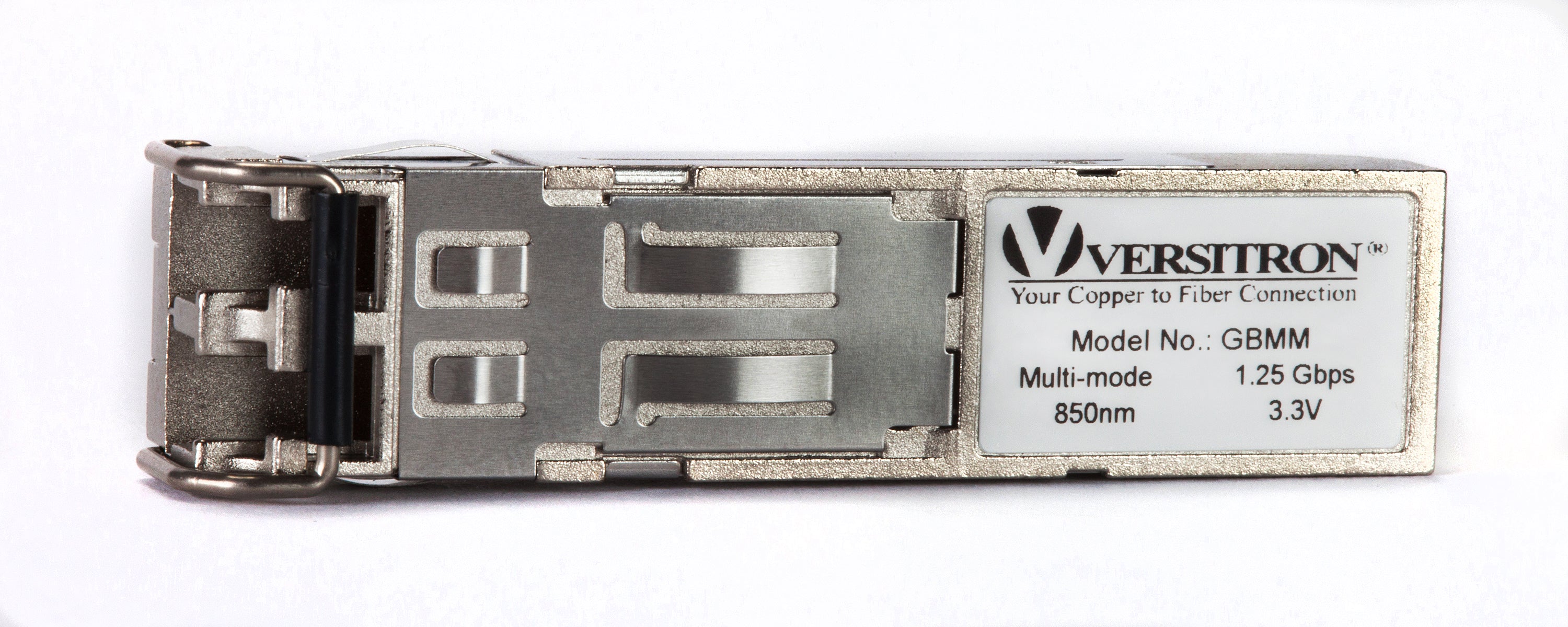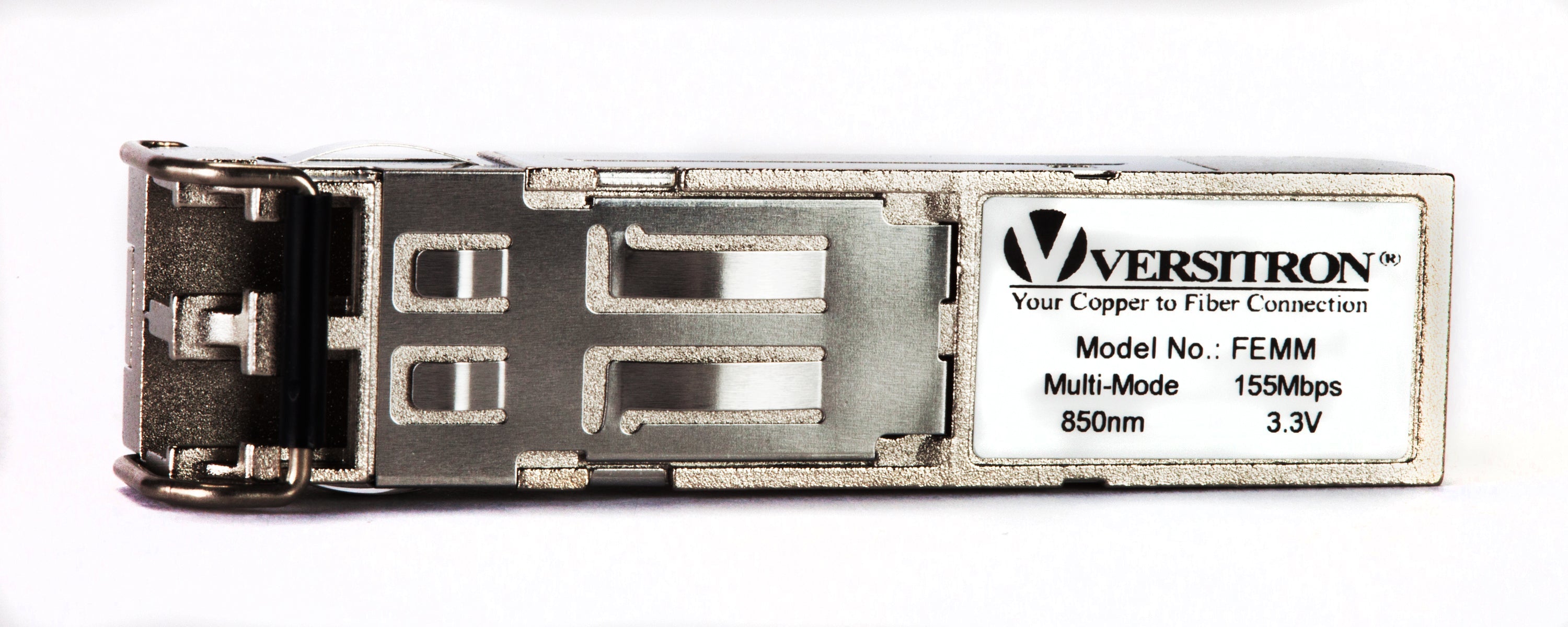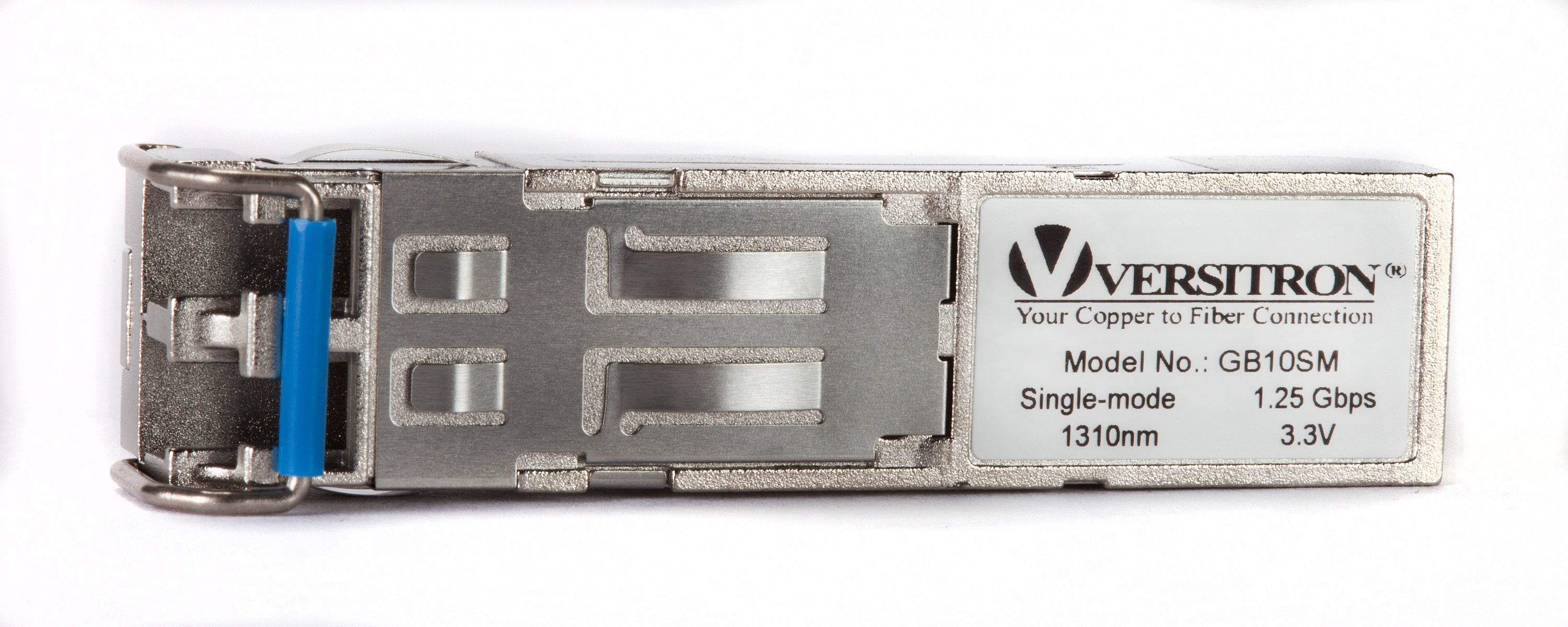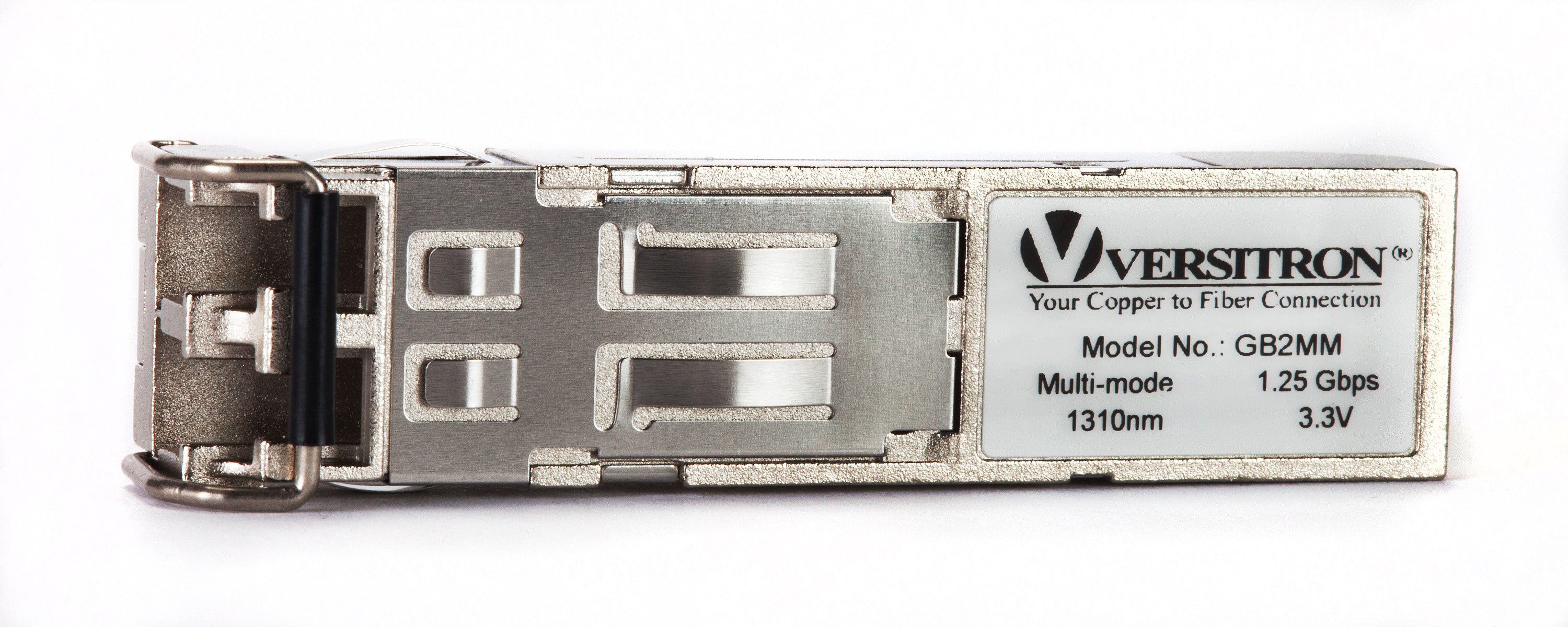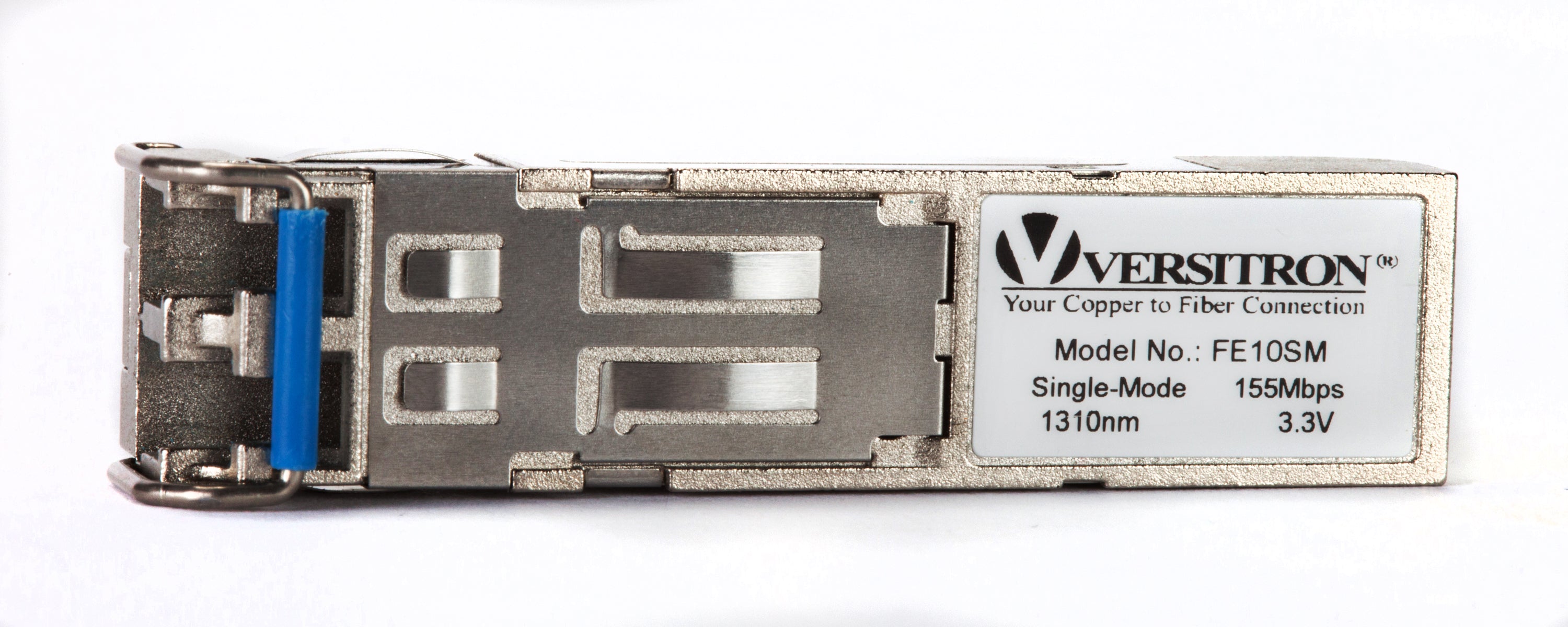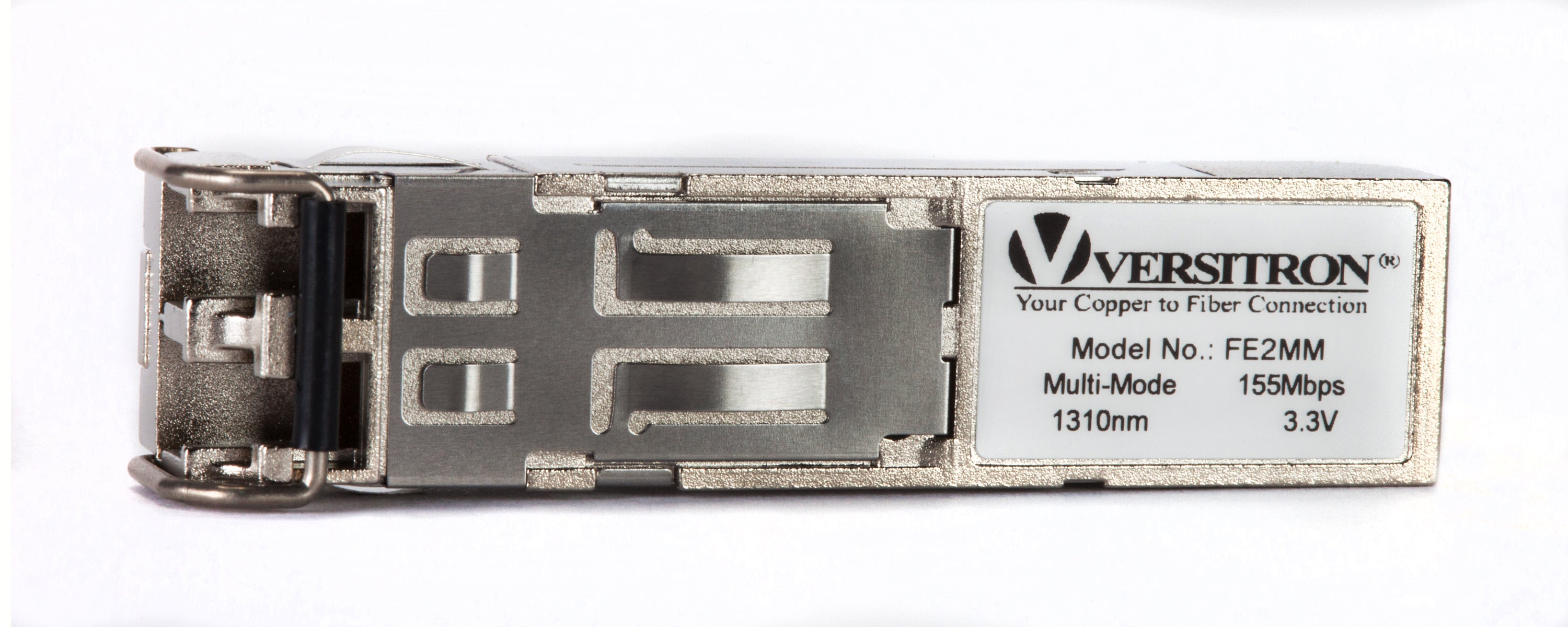Optical devices are the devices that form an image by creating, manipulating, or measuring electromagnetic waves or light waves.
There are different types of optical devices or optical equipment such as microscopes, telescopes, lasers, etc. The study of optical devices takes consideration of multiple terms. The terms related to optical devices are detailed as follows.
Coarse Wavelength Division Multiplexing:
CWDM is a wavelength division multiplexing technology. This technology is utilized for merging hetero-frequencies for simultaneous wavelength transmission. In CWDM technology, the transmission is done by using a maximum of 18 channels of wavelengths ranging from 1270 to 1610 nm. These channels are used to merge different wavelengths to transmit simultaneously via a single fiber. It can cover up to 120 km distance and is a cost-effective solution for WDM
.Coarse Wavelength Division Multiplexing (CWDM) is available is different Mux/Demux modules. The Mux/Demux modules of CWDM are detailed as follows.
-
4 -Channel Module:
The 4-channel Mux/Demux CWDM module is used to step up bandwidth on the existing fiber network. This module requires no CWDM device configuration while it offers over 10GBPS bandwidth. The operating wavelength of the 4-channel module is between 1500 nm to 1620 nm. It is an ideal module for enhancing the capacity of the existing fiber network. -
8-Channel Module:
Along with specifications of 4-channel modules, the 8-channel has an operating wavelength range between 1460nm to 1620nm. It has a central wavelength of 1470nm to 1610nm and 1310nm oscillation. These modules are suitable for the reduction of CapEx and OpEx in the existing fiber network. -
16-Channel Module:
The CWDM network transmits 16 color wavelengths by utilizing a 20 nm filter. This 16-channel module offers an operating wavelength of 133nm to 1620nm for each color transmission. -
Add/Drop Module:
When the part of the network is used as an intermediate location on the fiber network backbone, these Add/Drop Mux/Demux modules are used. The operating wavelength range of these modules is 1303.5 nm to 1616.5 nm. The center wavelength range is 1470nm to 1610 nm.
Small Form-Factor Plug (SFP):
Small Form-Factor Plug is a specification for the latest or updated generation optical transceivers. SFP devices are mentioned as small form-factor pluggable devices. These devices are specifically designed for small form factor connectivity with physical compactness. The terminologies related to SFP devices are as follows.
-
Form Factor:
Form factor refers to the dimensional attributes of SFP devices. The attributes considered in the form factor are size, shape, and overall dimensions. There are various SFP optical devices which are manufactured under a standard multi-sourcing agreement (MSA) -
QSFP+:
Quad Small Form-Factors Pluggable optical devices or transceivers are designed to offer connectivity to QSFP+ port. These devices offer bi-directional optical data transmission over a 40GBase-X interface. These transceivers are applicable in data center aggregation, backplane application, etc. -
SFP+:
SFP+ transceivers that are Small Form-Factor Pluggable optical devices offer 10.3Gbps optical signal transmission speed at10GB Ethernet. These transceivers are applicable at 10GBPS Ethernet Switches, metro edge switches, and routers. -
SFP:
SFP transceivers offer range from fast Ethernet to GB Ethernet. These devices are applicable for Gigabit Ethernet switches and routers, xDSL operations, fiber network infrastructure, etc. -
SFP+ Direct Attached Copper Cable:
Direct copper cables are designed for low transmission alternatives for fiber optics connection. These devices are suitable for SFP+ short link devices and offer over 1Gbps t 10Gbps transmission speed. It is applicable in short area networks, inter-organization data connection, DDR, Ethernet 1 to 10 Gig, etc. It has a reach of 1 to 7 meters and is suitable for 8 Gig and 10 Gig networks. -
XFP:
XFP optical transceivers possess a slightly larger form factor than usual SFP optical devices. These transceivers are designed for bi-directional data communication under a range of 10 Gigabit Ethernet or fiber network. These transceiver modules come along with 10 Gig Ethernet switches and routers. The common applications of these modules are long-distance and hardened temperature requirements. -
Data Rates
-
40 Gigabit Ethernet:
40 Gigabit Ethernet is a network standard that allows data transmission of 40 Gigabits per second (Gbps). This network applies to standard networks and local connectivity operations. This network transmission is often performed by Quad Small Form-Factors Pluggable transceivers. -
10 Gigabit Ethernet:
10 Gigabit Ethernet is a network standard that transmits network frames at a rate of 10 Gigabit per second (Gbps). It is defined by IEEE 802.3ae-2002 standards. This network is applicable for point to point fully-duplex links connected by network switches. Explore Versitron 10 Gigabit Ethernet Switches here. -
Gigabit Ethernet:
Gigabit Ethernet is an Ethernet frame format-based transmission technology. It allows frame format transmission up to 1 Gigabit per second (Gbps). It is defined by IEE 802.3 standards. It is being used as the backbone of optical data transmission all over the globe. -
Fast Ethernet:
Fast Ethernet is a physically layered transmission network that allows data transmission up to 100Mbit/s. It was introduced in the year 1995 under IEEE 802.3u standards. It is the fastest available Ethernet in today’s networking era.
-
40 Gigabit Ethernet:
-
Wavelength:
Wavelength is a frequency measuring parameter. In the networking and optical data transmission domain, there are three wavelength categories are available as standard, CWDM, and DWDM.-
Standard:
The standard wavelength for SFP transceivers is 850 nm. This wavelength is only suitable for short-distance optical data transmission yet it is suitable for a wide range of optical devices. -
CWDM:
CWDM is a wavelength multiplexing technology. This allows the simultaneous transmission of multiple channel optical data. -
DWDM:
DWDM is an optical signal multiplexing technology. This technology allows the transmission of multiple wavelengths over the same optic fiber by broadening the bandwidth.
-
Standard:
-
Hardened SFPs:
Hardened SFPs are reliable fiber optic connectivity devices for extreme environmental conditions. These transceivers can work under a temperature range of -40° C to 85° C. It also offers digital diagnosis features that secure the network from downtime and link loss. -
Smart SFPs:
Smart SFPs are Network Interface Devices (NIDs) that do not require additional instrumentation. These transceivers can be easily implemented in the existing network and they also offer point to point testability
In conclusion, selecting high-quality CWDM multiplexers is crucial for the scalability of your current fiber optic network. With the increasing demand for these devices, finding them from various brands has become more accessible. One such reliable manufacturer is VERSITRON, a top-notch supplier of fiber optic products in the US. Along with CWDM multiplexers, the company also offers a wide range of other fiber optic products such as network switches, fiber optic modems, and ethernet media converters that have been integral to the establishment of robust fiber optic networks for several years.




